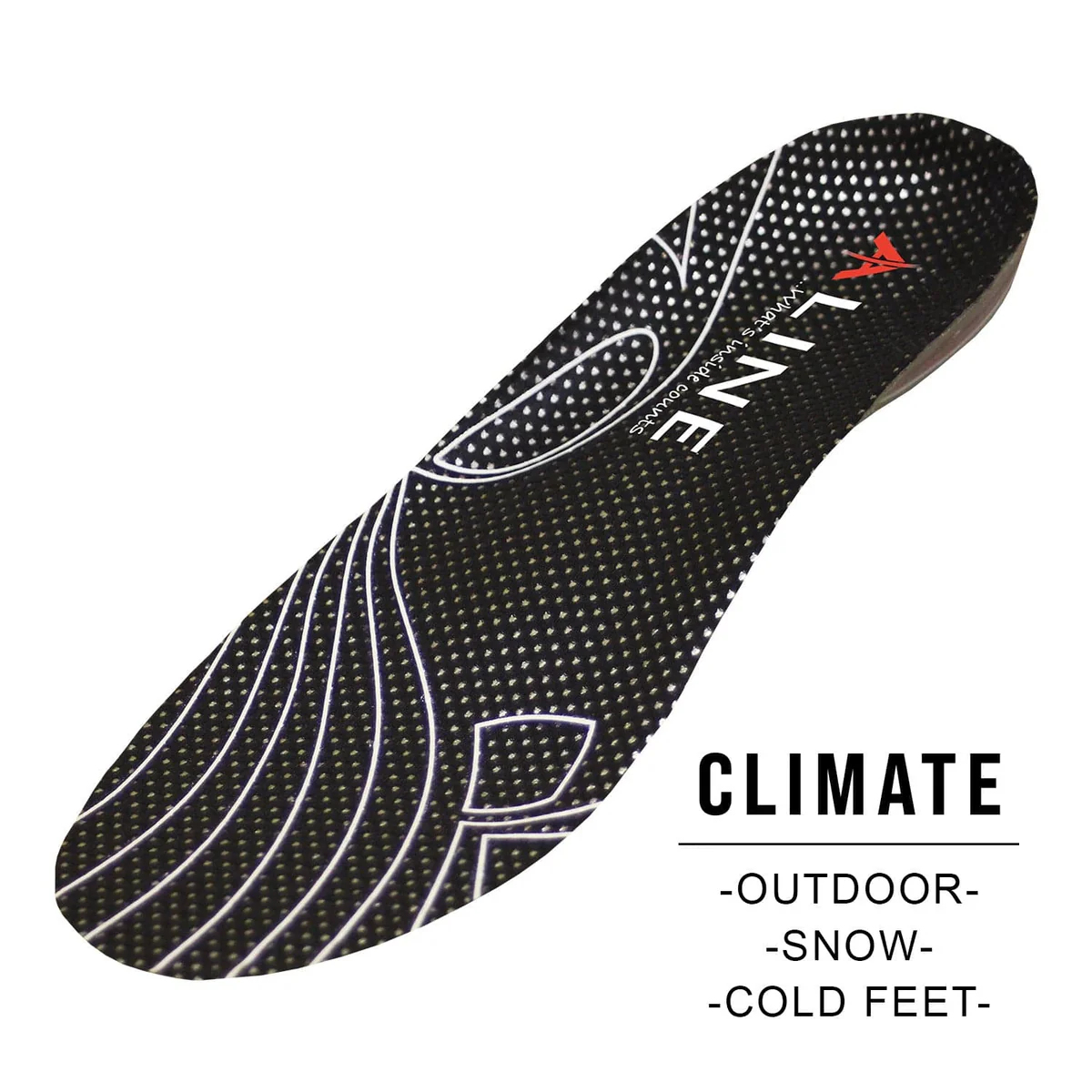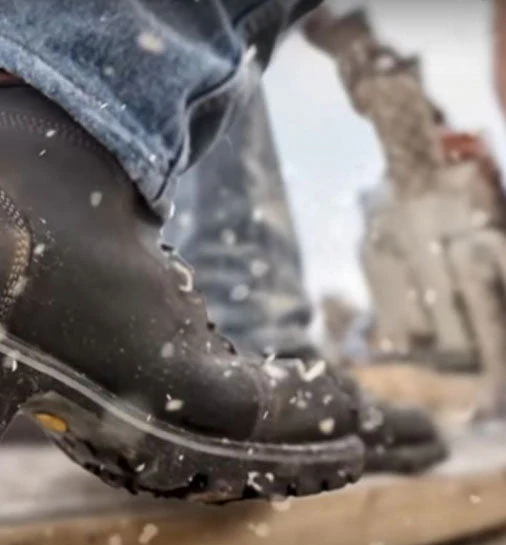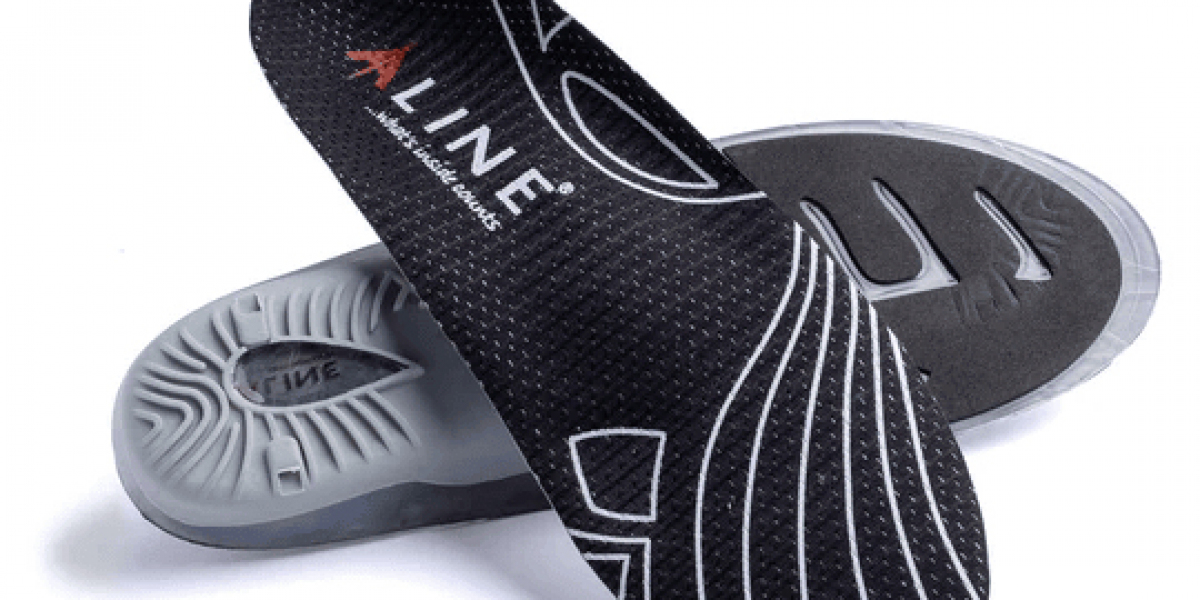When it comes to physically demanding jobs, wearing the right work boots is essential. But often, people overlook an equally important accessory—work boot insoles. Designed to provide additional comfort, support, and protection, work boot insoles can be a game changer for those who spend long hours on their feet. In this guide, we’ll dive deep into everything you need to know about choosing the best work boot insoles to keep your feet healthy and comfortable.

Why Work Boot Insoles Matter
Work boots, by themselves, may not offer the full spectrum of support needed for demanding jobs. Insoles enhance the comfort level and help distribute body weight evenly across your feet. This reduces foot fatigue and minimizes the risk of injuries, like plantar fasciitis or sore arches. Whether you’re standing all day, lifting heavy objects, or walking long distances, the right insoles make a noticeable difference in your workday comfort.
Types of Work Boot Insoles
There are several types of work boot insoles, each catering to different needs. Gel insoles are popular for their cushioning properties, while foam insoles offer superior shock absorption. Some insoles are made from memory foam, which molds to your foot for a personalized fit. For those who need more arch support, orthotic insoles are a great choice. Understanding the different types will help you make an informed decision based on your unique foot shape and job requirements.
Arch Support in Work Boot Insoles
Arch support is crucial for those who experience discomfort in the feet, knees, or lower back. Proper arch support in work boot insoles can prevent common issues like overpronation or flat feet, which lead to pain over time. Whether you have high arches or flat feet, choosing insoles with appropriate arch support will align your posture and reduce stress on your joints, enhancing overall comfort and reducing long-term wear and tear on your body.
Insoles for High-Impact Jobs
For those who work in high-impact environments, such as construction sites or warehouses, shock-absorbing insoles are essential. These insoles are designed to minimize the impact of each step, protecting your feet, ankles, and knees from the repetitive strain caused by walking on hard surfaces. High-impact insoles often feature additional cushioning in key areas like the heel and ball of the foot, making them a great option for workers who are constantly on their feet.
Custom vs. Over-the-Counter Insoles
When shopping for work boot insoles, you’ll encounter two main options: custom and over-the-counter insoles. Custom insoles are tailored specifically to your foot shape and gait, offering maximum support and comfort. However, they tend to be more expensive. Over-the-counter insoles, on the other hand, are a more affordable option and come in a variety of styles to suit different needs. Choosing between the two depends on your budget and the specific foot issues you’re trying to address.

Insoles for Plantar Fasciitis Relief
Plantar fasciitis is a common condition that causes pain in the heel and arch of the foot. Fortunately, work boot insoles designed for plantar fasciitis can provide significant relief. These insoles often feature enhanced arch support and deep heel cups to cradle the foot and reduce pressure on the plantar fascia. Workers who suffer from plantar fasciitis should look for insoles with these specific features to help alleviate pain and promote faster healing.
Importance of Heel Cushioning
Heel cushioning is an important factor to consider when selecting work boot insoles. For workers who perform tasks that involve a lot of standing or walking, the repetitive impact on the heel can lead to discomfort and even injury. Insoles with built-in heel cushioning can absorb shock and distribute pressure evenly across the foot, reducing strain on the heel. This not only makes your workday more comfortable but also helps prevent conditions like heel spurs.
Insoles for Flat Feet
If you have flat feet, choosing the right insoles for your work boots is critical. Insoles designed for flat feet typically feature strong arch support and stabilization features to prevent overpronation. This helps maintain the foot’s natural alignment and reduces pressure on the lower body. For workers with flat feet, finding the right insoles can mean the difference between a pain-free workday and one filled with discomfort.
Odor-Resistant Work Boot Insoles
One issue that many workers face is foot odor, especially after long days in work boots. Odor-resistant insoles, made from antimicrobial materials, can help combat this problem by inhibiting the growth of bacteria that cause bad smells. These insoles not only keep your boots smelling fresh but also promote better foot hygiene, which is essential for preventing infections and other foot-related health issues.

How to Fit Insoles into Your Work Boots
Fitting your insoles correctly is essential to maximize their benefits. Before inserting the insoles, remove the original footbeds from your boots. Then, slide the new insoles into place, ensuring they sit flat without bunching. You may need to trim them slightly to achieve the perfect fit. Properly fitted insoles should feel snug and provide support without shifting or creating pressure points. A good fit ensures that you’ll experience the full comfort and support the insoles are designed to deliver.
How Often Should You Replace Work Boot Insoles?
Insoles, like work boots, wear out over time. Depending on the intensity of your job, you should consider replacing your insoles every 6 to 12 months. Signs that it’s time to replace your insoles include visible wear and tear, flattened cushioning, and diminished arch support. Regularly replacing your insoles will help you maintain the comfort and support you need to perform your job without experiencing foot fatigue or pain.
Budget-Friendly Insoles for Work Boots
Insoles for boots come in a range of prices, but you don’t have to break the bank to find a quality pair. Many affordable options offer great support, cushioning, and durability. When shopping on a budget, look for insoles that prioritize key features like arch support and shock absorption. Budget-friendly insoles can still provide long-lasting comfort and protection, making them a smart investment for workers looking to enhance their foot health without overspending.
How Do Insoles Help Prevent Foot Fatigue?
Insoles play a crucial role in preventing foot fatigue by providing enhanced cushioning and support where it’s needed most. They help evenly distribute pressure across the foot, reducing strain on high-stress areas like the heel and ball of the foot. Additionally, insoles with arch support help align your posture, taking stress off your knees, hips, and lower back. For workers who spend long hours standing or walking, insoles can significantly reduce the likelihood of experiencing foot fatigue and soreness.
FAQ Section
Do I need special insoles for safety work boots?
Yes, safety work boots can be heavy and rigid, leading to additional strain on your feet. Insoles specifically designed for safety boots provide extra cushioning and support to counteract the weight and stiffness of the boots, ensuring your feet remain comfortable and protected throughout the workday.
Can insoles prevent foot injuries?
Yes, the right insoles can help prevent foot injuries by offering proper support and alignment. Insoles with arch support and shock absorption reduce the strain on your feet, knees, and back, minimizing the risk of conditions like plantar fasciitis, overpronation, and joint pain.
How do I know if my insoles are worn out?
You’ll know your insoles are worn out if you start experiencing discomfort, flattened cushioning, or a lack of arch support. Additionally, visible wear such as cracks or thinning materials are signs that it’s time to replace your insoles. Regularly replacing them will ensure you maintain optimal foot health.









